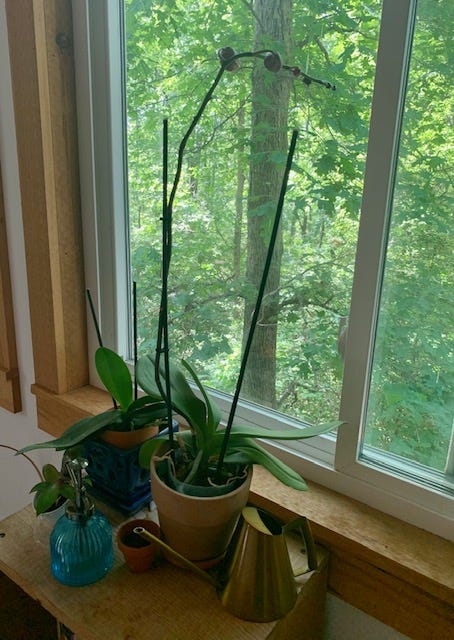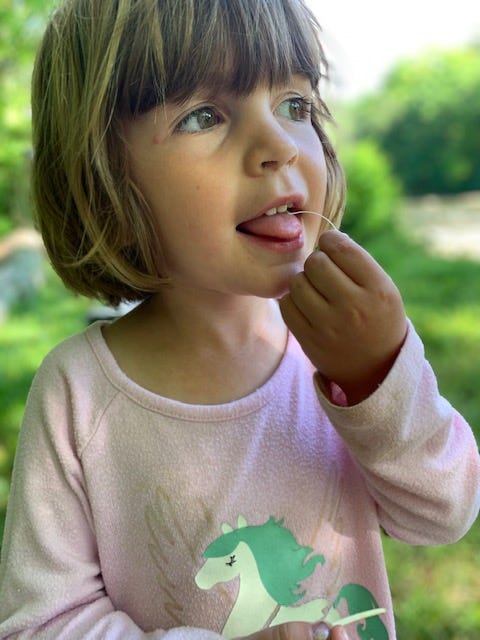For a brief time, it felt to me like the major decisions issued by the U.S. Supreme Court were about making people safer, protecting our health, and expanding access to rights. Sitting on the screen porch at the end of the school year, receiving the news of the 2012 decision to uphold the Patient Protection and Affordable Care Act, is a moment I will always remember. It meant that people I loved would not suffer because of arbitrary and cruel insurability decisions, but it also meant, in a larger way, that we lived in a country that believed in protecting its people, taking care of them, making sure that no one got left behind. Same with Obergefell in 2015, which expanded the right to marriage to same-sex couples. It affirmed that they had rights that could not be taken away by small-minded bigots and hateful ideology.
Both of these decisions came out in late June, generally my favorite time of year—the school year done, most of the summer still ahead. Between these rulings, there were bad decisions too—Shelby County v. Holder, in 2013, gutted the Voting Rights Act, a decision that has had devastating consequences for communities of color ever since, perhaps even leading us to where we are today.
Now we’re steeling ourselves for a month that will deliver the overturn of Roe, escorting us into real-life Gilead. What does our extremist Supreme Court’s stance on our right to abortion mean for same-sex marriage? For access to contraceptives? The Supreme Court has a number of other important decisions on the way, including one that will likely invalidate New York City’s gun laws, making it easier for people to carry guns openly in public and through easy-to-get concealed carry permits. And there’s a climate decision coming, too, which could severely curtail the EPA’s ability to regulate power plants.
You know all of this, of course. The question is, what can we do? What’s next? Do we spend every moment protesting these decisions that make us less safe, that take away our rights to bodily safety? What do we say to our kids about this world that we live in? Do we lunge at the radio when news of yesterday’s mass shooting comes on, so they don’t hear that an eight-year-old child had to hide in a cooler while a white supremacist murdered people with an assault rifle at a grocery store?
I think so, for now. I talk to my kids about just about everything, but I want them to believe that there’s a chance to get out of this mess. In part because I want to believe there’s a chance to get out of it, so that I don’t lose hope, resolve, motivation to act. Their positivity, at eight and four years old, feels to me like a precious resource in these dark times.
Just last week I was checking on Bea’s orchids. Her moth orchid was growing a tender new stem toward the leaf-filtered sunlight in her bedroom. That orchid finished its first blooming in February, and she’s been taking good care of it, but I’ve never had much luck with orchids myself.
At first glance I didn’t see the stem, and I was afraid that it had withered. I hadn’t checked on it in a while, because I’d been busy, preoccupied, recovering from Covid. But I gasped when I saw that the stem had in fact grown tall, with several buds getting close to opening. “Bea!” I called. “Your orchid! It’s about to bloom again!”
“I know,” Bea said, amused by my excitement. She’d been the one to fasten the stem to its stake so it wouldn’t fall over, to check the orchid’s roots daily, to keep it watered. I knew she’d done this, and had encouraged her to do it, but I didn’t truly believe in the orchid’s capacity for a re-bloom—not so soon, anyway.
I was wrong. She was right. Today we’re going to celebrate Harriet’s friend Emerald’s birthday at a park, explore parts of the Haw with our paddleboard, and sign up for some Democratic canvassing days with Neighbors on Call. This is something I make a point of doing with my kids, who like to ring doorbells and prefer to be with me over most other things. A blessing, a sometime annoyance, and a big responsibility when I think about how I spend my time.
Tuesday is primary day in North Carolina—you can check your polling place here.
There’s a long road ahead. But something our trip to Alabama reinforced—there have always been young people on that road, bringing their energy, their positivity, their belief that things can change for the better. I think what’s next for me, continuously, is protecting and nurturing that positivity in all the young people I have the good fortune to be around.
How about you, Frog Troublers? What next?






i love all the thoughtful replies! they remind me of our great cousin Barbara!
I love this post reflecting on “what’s next?” and it made me think that blogs like this are one of those “what’s next” things—practices that generate reflection, conversation, information, and action—as is the suggestion of door-to-door canvasing. It also made me think of the Teach-In that our group at Carleton did this past week. It featured a great book by Gal Beckerman, The Quiet Before: On the Unexpected Origins of Radical Ideas (this book asks precisely that question of what works to ensure that social movements are successful). We’ll post a resource page soon but you can get more info on the book etc here: https://carleton.ca/climatecommons/noonsfornow/noons-for-now-climate-twitter-may-12-2022/. At our Teach-In both Beckerman and the other speaker, Genevieve Guenther (also great!), affirmed the importance of doing that door-to-door work of engaging people in conversation. I think blogs can be a version of that too!